Junior shares experience at family wedding
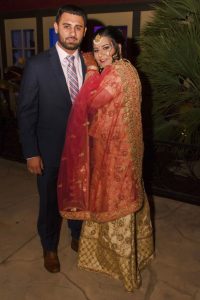
Punjabi weddings are events that go above and beyond traditional American weddings. American weddings are seen to be very straightforward and enthusiastic to many other the Indians that I have personally talked too. Punjabi weddings, on the other hand, are full of energy and life because weddings are times for the families to enjoy as well as celebrate together. I will be telling you about a Punjabi wedding that took place as school was let out for spring break.
Ramandeep Singh (my older brother) got an arranged marriage to Sumanpreet Kaur. On February 24th, the engagement was located at the bride’s brothers home. They accepted each other as well as promised one another that they were committed to the relationship. The future couple sat next to one another as the family came and took pictures with them, giving their blessings to the future couple. Lunch was served soon after as everyone enjoyed a fresh meal and traditional Indian sweets.
Days after the engagement both families started to prepare for the wedding. On both sides, people went to India to buy clothes, jewelry and other items needed for the wedding. As the shopping was going on, the bride and groom were not allowed to see each other or meet up because of the belief it can cause bad luck. They were granted permission to talk over the phone everyday to get to know each other a little bit more before the wedding, but nothing else would be allowed.
After weeks of shopping, planning and booking, the wedding was about to begin. On March 23rd the first actual event called the Jaggo took place. A Jaggo is when the couple who is about to get married are given a blessing from family and friends as they give money.
A yellow homemade face mask is made as it is slowly applied on the groom and bride to make there skin look better for the wedding. Once this is complete, everyone starts to party as they dance their hearts out and just cherish good times together. Food was served throughout the event as it lasted from 6 p.m. to around 1 in the morning.
On March 24th, the day after the Jaggo the moment had arrived as the wedding was about to take place. The groom’s family and friends all got together as they drove to the bride’s city to the local Gurdwara to meet up. From both sides of each family, the fathers, older brothers and uncles hug one another to show that they accept the marriage. After the greeting, a well prepared vegetarian breakfast is served. Once the meal was finished, the groom’s side of the family goes into the Darbar Sahib.
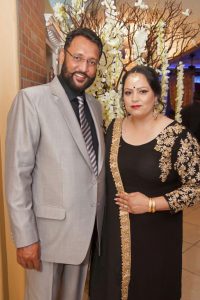
The groom’s family and friends enter first because they are seen as the more dominate family. The bride then comes with her family and they all show respect to the Guru Granth Sahib as the bride sits down next to the groom in the front. The bride’s father then comes to the front and gets a red scarf giving one side to the groom and one side to the bride.
They walk around the Guru Granth Sahib four individual times according to tradition. This tradition means that the groom and bride are going to stay together through thick and thin and will never leave one another.
The groom takes all of the responsibility for the bride’s family and vows that he will take good care of her forever. Then the bride vows to the groom that she will never lie to him and will stay by his side.
Once the vows are sealed family and friends give the newly wed couple money and congratulate them to show their respect as they wish them the luck for the years to come. After this is complete, everyone leaves the Gurdwara as the newly wed leave together to the Groom’s house.
Once home, people began to get ready for the after party, which was held at a restaurant called Elephant Lounge. The party lasted a few hours as people ate, danced, drank and enjoyed life with loved ones.
For more columns, read COLUMN: Erin Wilson discusses leadership roles or COLUMN: My role as Feather Twitter editor.
This author can be reached via email.


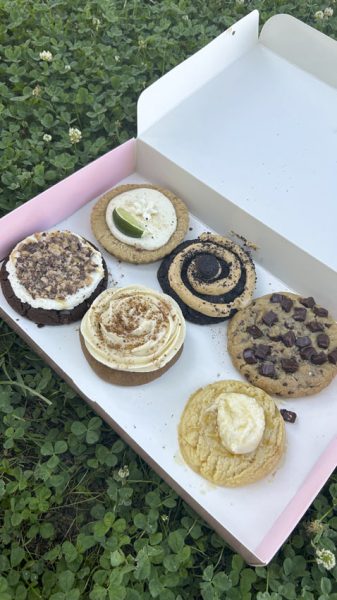
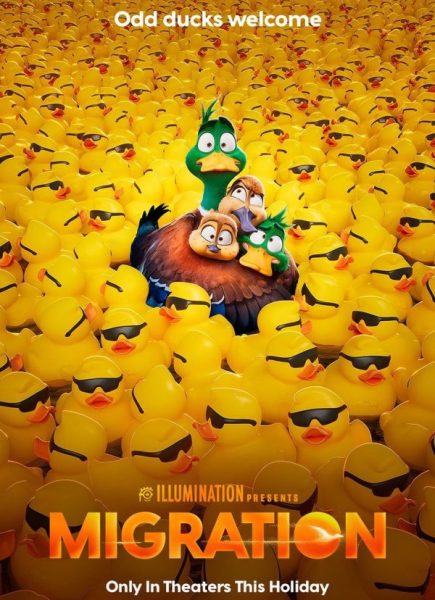



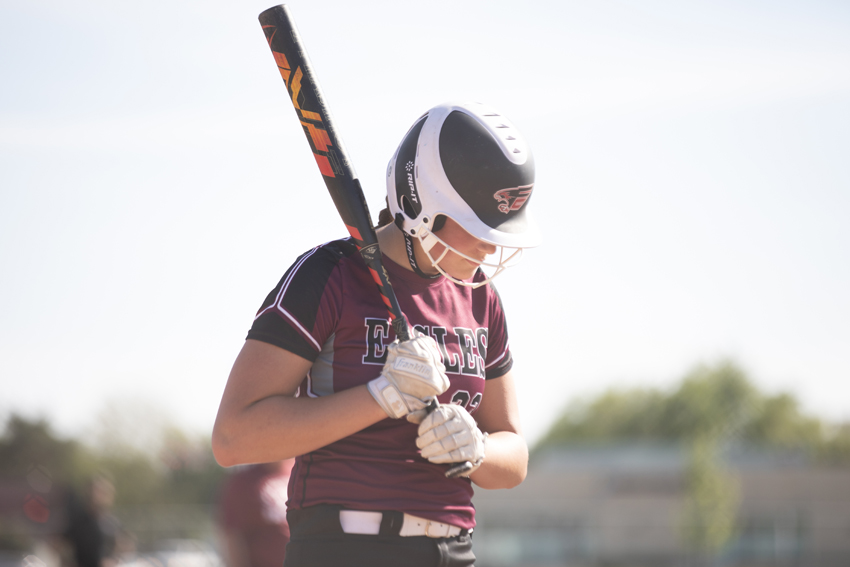
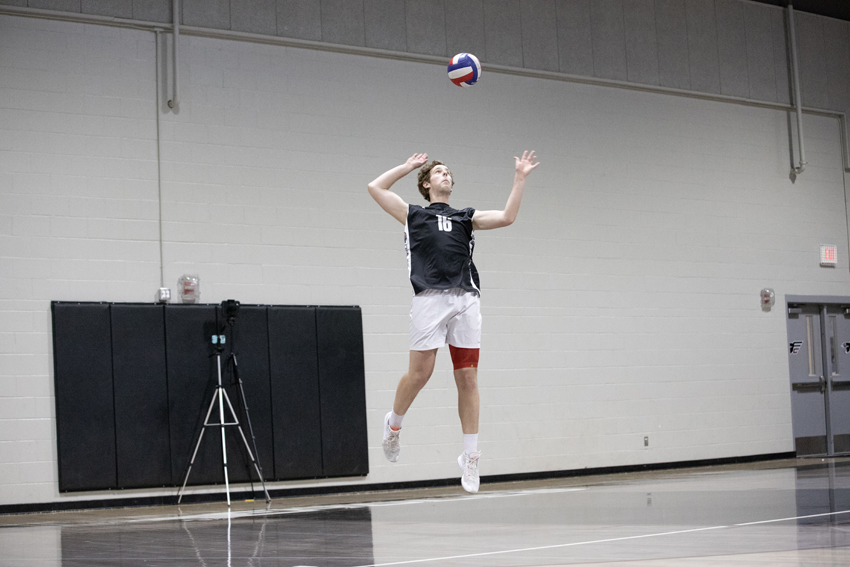
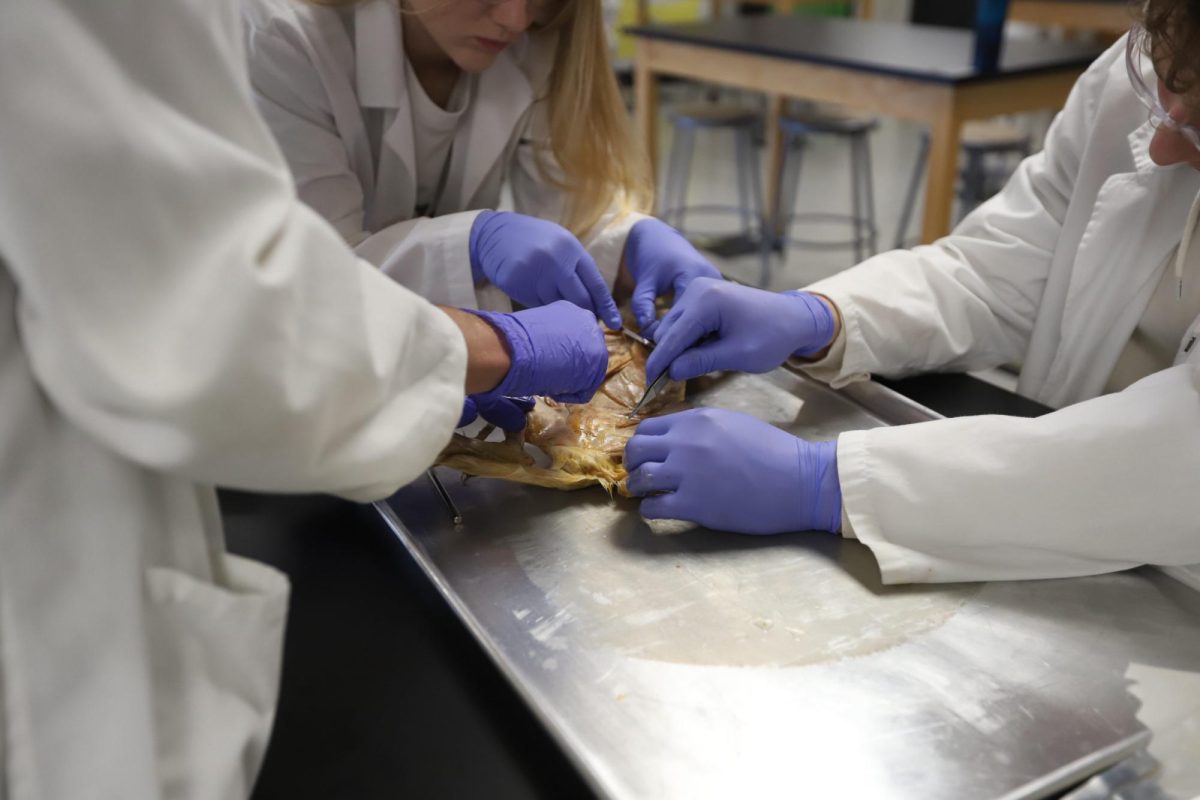
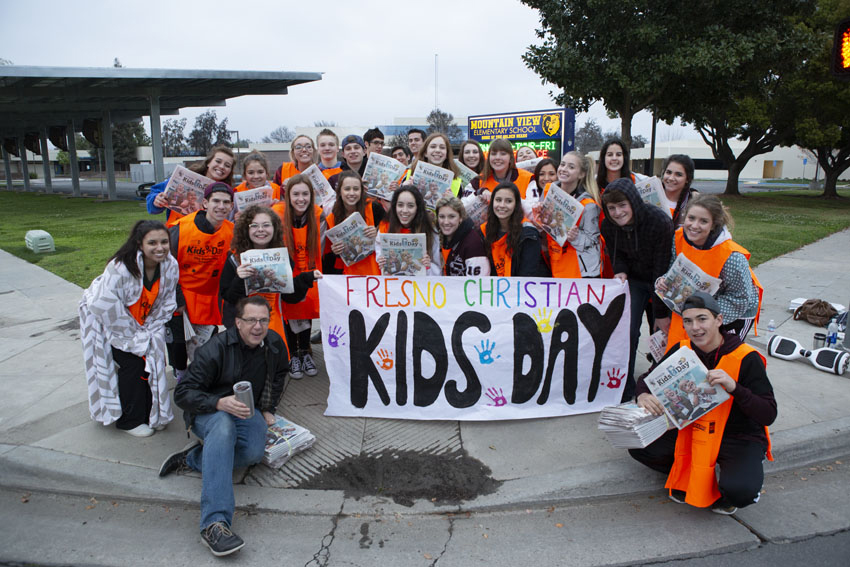
![[Video] 100th CSPA Spring Journalism Conference](https://thefeather.com/wp-content/uploads/2024/04/20240308-cspa-crown-002.jpg)
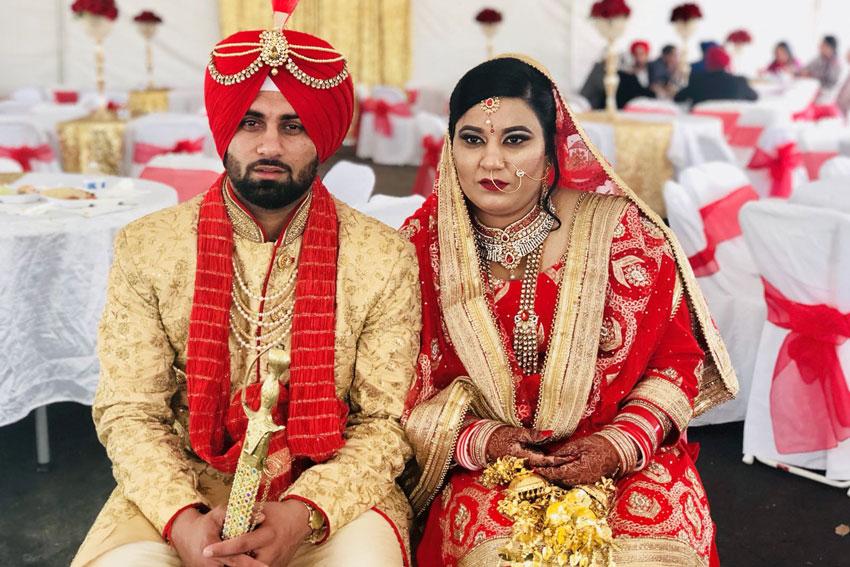
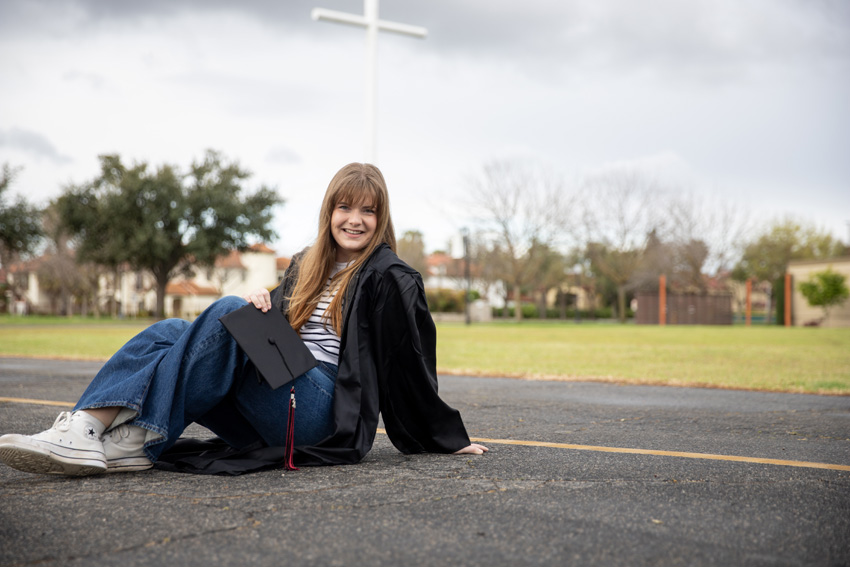
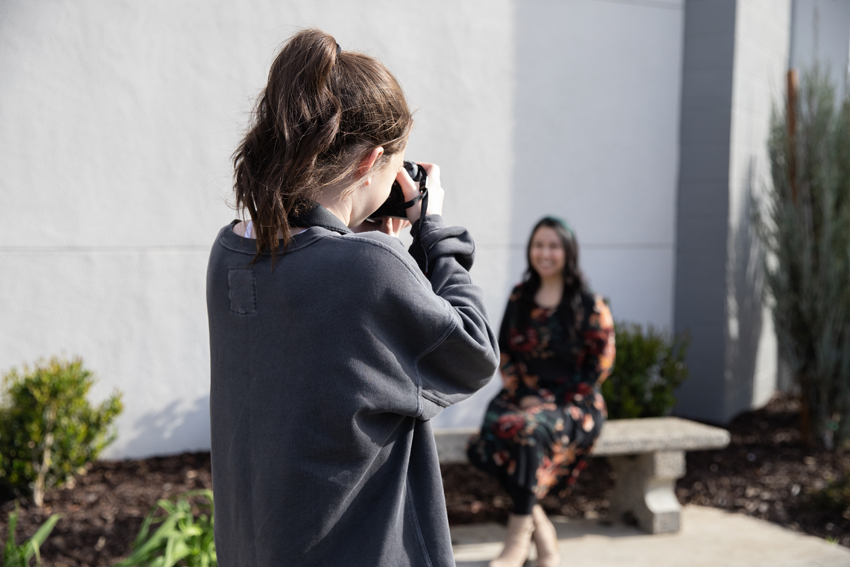



Bryce Foshee • Apr 18, 2018 at 8:04 am
Neat! Hope I can go to one sometime.